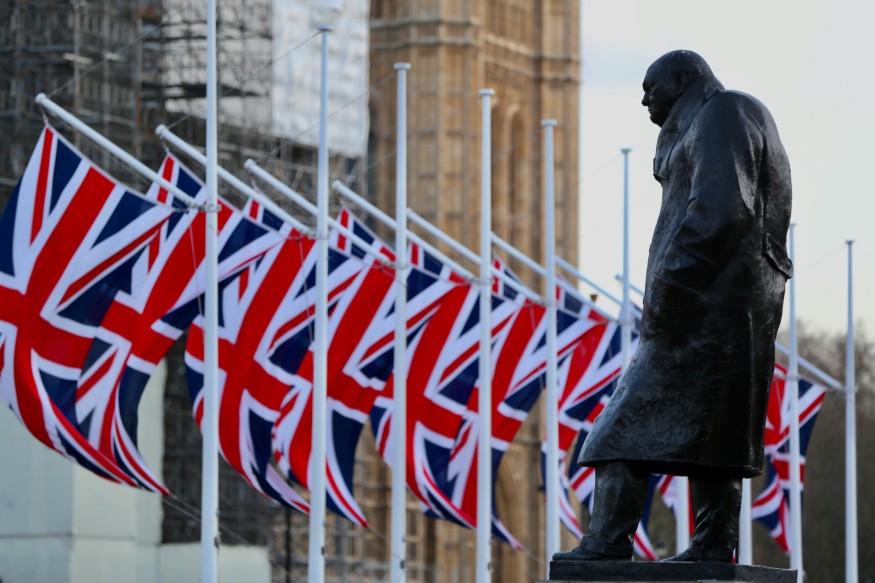
Britain has announced plans to mass-produce a new fleet of drones as part of a NATO-backed 'drone wall' aimed at defending Eastern Europe from potential Russian incursions.
The project, developed in partnership with Ukraine, is designed to protect NATO's eastern flank following a series of unauthorised drone and missile strikes across the region. The initiative marks the most significant coordinated drone defence effort on the continent to date.
Joint UK-Ukraine Drone Project Underway
Codenamed Project Octopus, the drone wall will be built using British-designed, low-cost drones, developed alongside Ukrainian engineers. These drones will be manufactured in UK factories within weeks and shipped to frontline NATO nations.
The plan is for thousands of ground-launched drones to be stationed along Europe's eastern borders. They will detect and intercept incoming Russian drones, missiles, and potentially aircraft.
Defence Secretary John Healey confirmed that both Britain and Ukraine will share ownership of the drone technology. This will allow deployment across NATO states and, in future, use within the UK for missile defence.
Escalating Russian Threat Across Europe
The announcement comes after one of the heaviest drone and missile attacks on Kyiv since the start of the war. On 29 September 2025, at least 500 drones and 40 missiles struck Ukraine's capital and nearby regions, killing four people and injuring dozens more.
Neighbouring Poland responded by scrambling fighter jets and temporarily closing airspace over its southeastern regions. According to the Polish Armed Forces, the move was taken to protect citizens and national airspace from ongoing Russian strikes.
In recent weeks, there have also been suspected Russian drone sightings in Denmark, Norway, and Sweden. Estonia and Poland have both reported violations of their airspace by Russian aircraft, prompting allied air responses.
Hungary Opts Out, Raising Concerns
While at least seven EU member states are expected to join the drone wall effort (including Estonia, Latvia, Lithuania, Poland, Romania, and Bulgaria) Hungary has declined to take part. This creates a significant 96,000 square kilometre gap in the proposed air defence barrier. Hungary, which borders Ukraine directly, is considered one of Russia's closest allies within NATO.
The absence has drawn criticism from European analysts, who have warned that without Hungary's involvement, the project risks becoming a modern-day equivalent of the Maginot Line; an incomplete barrier that can be bypassed.
NATO Coordination and Future Expansion
British RAF Typhoons were recently deployed to Poland in response to airspace violations, signalling the UK's growing role in NATO's eastern defences. Healey stated that these actions sent a 'clear signal' that NATO airspace would be defended.
European ministers met on 27 September 2025 to discuss how best to coordinate efforts and deploy the drone wall across multiple borders. The UK's use of modern production techniques is expected to allow faster delivery and lower costs. Once operational, the drones could also be stationed around key UK infrastructure, including military sites, as an added layer of protection against long-range missile threats.
Political Reactions and Security Implications
Ukrainian President Volodymyr Zelensky has called for more international pressure on Russia following the latest wave of attacks. He stated that Moscow must face 'the harshest pressure' to halt its military actions.
Foreign Minister Andrii Sybiha added that only sustained pressure on Russia's leadership, economy, and elite will force an end to the conflict. Both urged Western allies to speed up support.
Meanwhile, Russia denies that its aircraft entered NATO airspace, with Moscow's ally Belarus claiming that any rogue drones were sent off course by Ukrainian jamming signals. Russian foreign minister Sergey Lavrov warned that any retaliatory measures would prompt a 'decisive response'.
The drone wall is expected to be one of the largest and most coordinated European defence efforts since the Cold War, and could redefine airspace security for years to come.
Originally published on IBTimes UK
© Copyright IBTimes 2025. All rights reserved.












